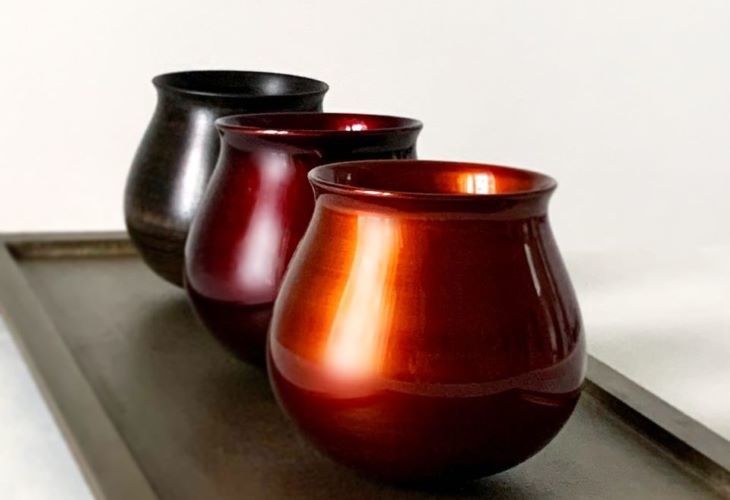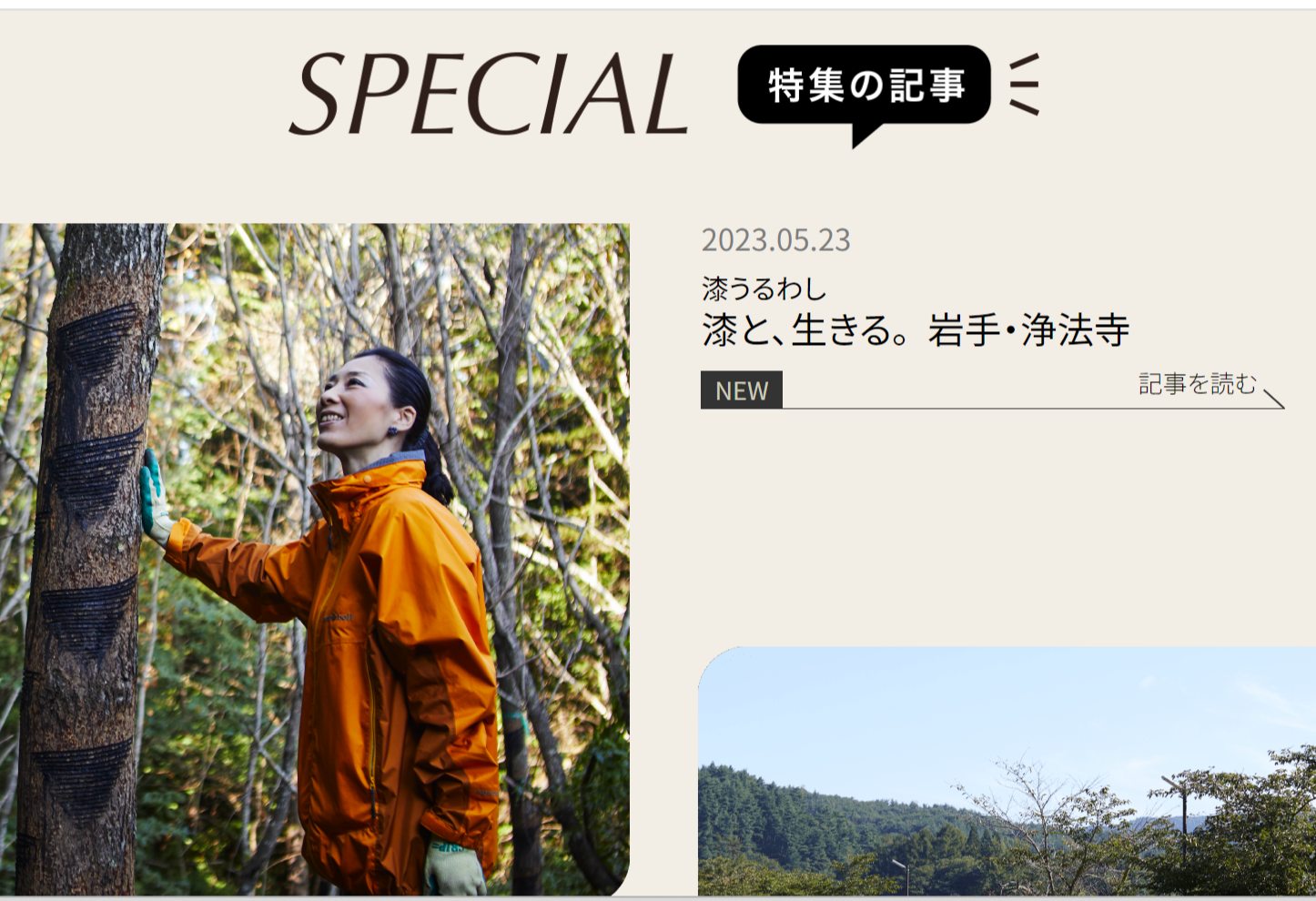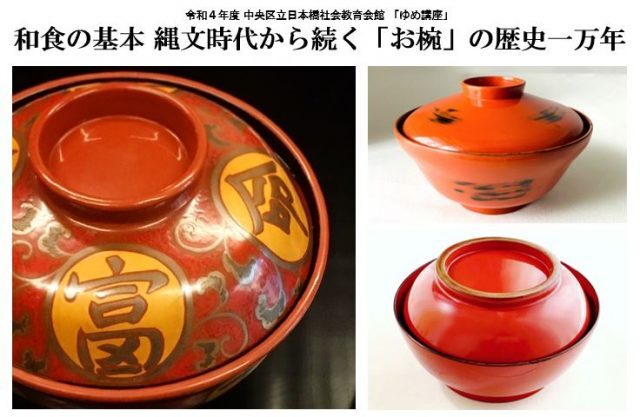URUSHI - the blessing from nature -
What is Urushi?
When you enjoy a genuine Japanese dinner, you often see beutiful tableware in red or black with smooth texture and sometimes delicately decorated with gold and mother of pearl.
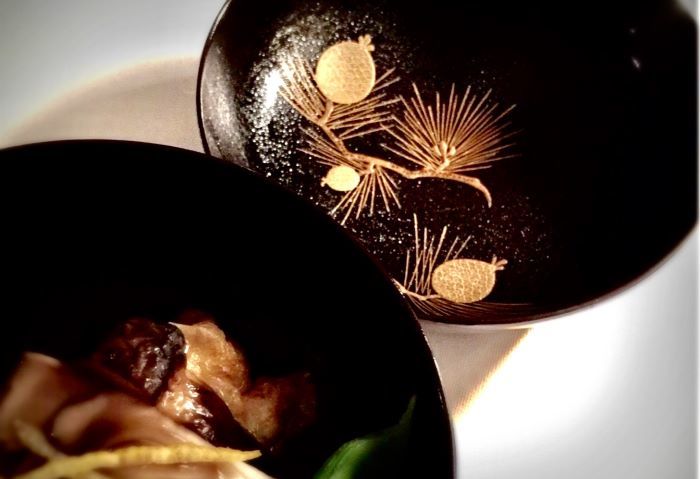
Those are 'Urushi' lacquerware.
Urushi
What is 'Urushi'?
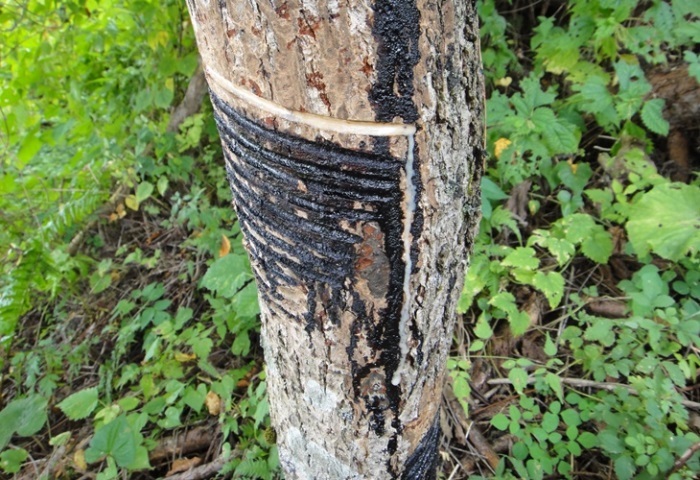
It is sap of 'Urushi' tree
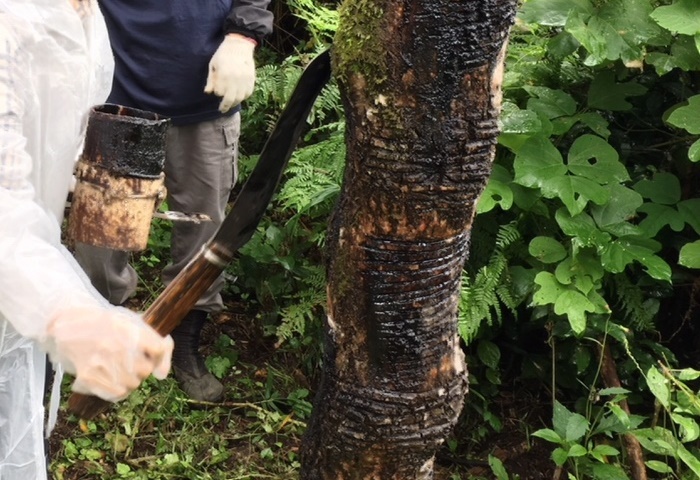
It has been existed in Japan more than 10000 years, while being utilized
mainly as lacquer,
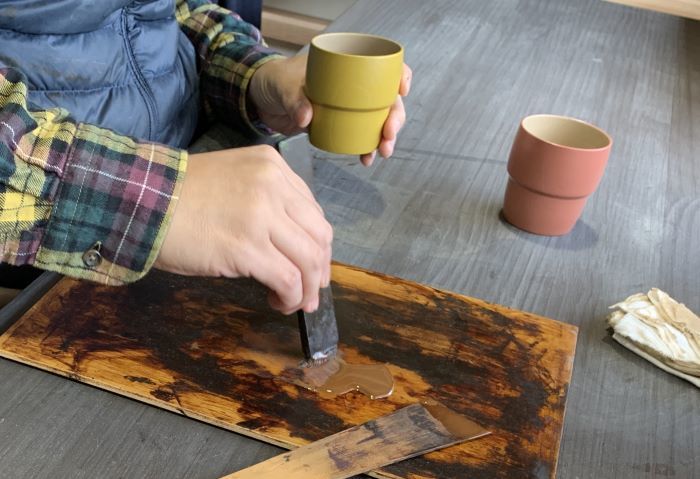
sometimes as rust-proofing coating,
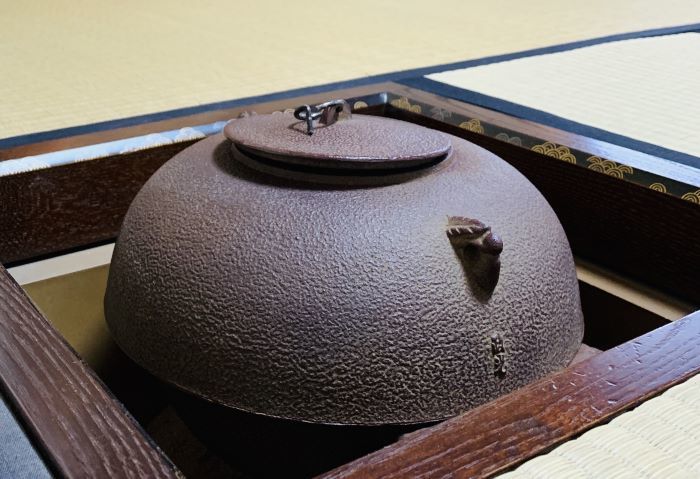
and also often as adhesive.
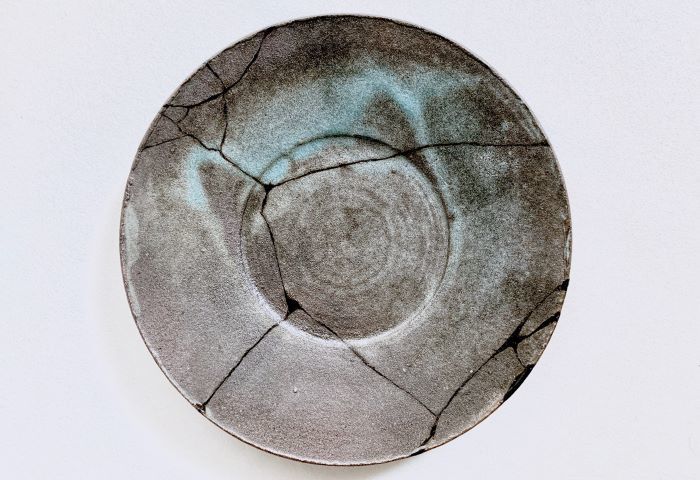
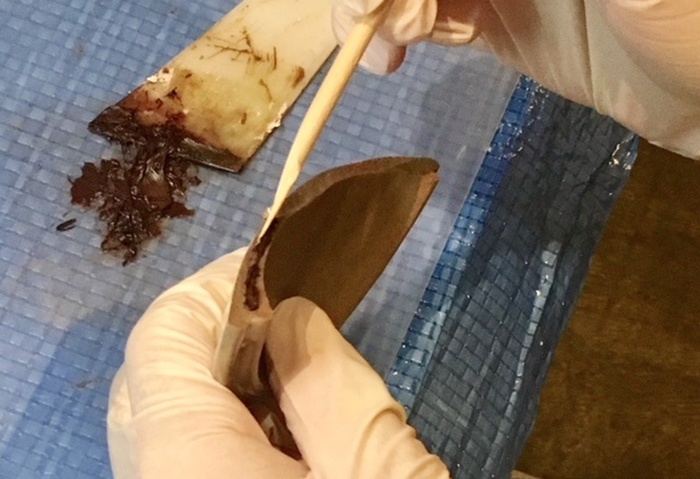
Urushi sap or lacquer is liquid and it solidfies with oxygen and humidity in the air.
The environment of Japan is very suitable for treating urushi.
Urushi exists not only in Japan but also in other areas of Asia, however , it had developed in Japan in its distinctive style.

Those are 'Urushi' lacquerware.
Urushi
What is 'Urushi'?

It is sap of 'Urushi' tree

It has been existed in Japan more than 10000 years, while being utilized
mainly as lacquer,

sometimes as rust-proofing coating,

and also often as adhesive.


Urushi sap or lacquer is liquid and it solidfies with oxygen and humidity in the air.
The environment of Japan is very suitable for treating urushi.
Urushi exists not only in Japan but also in other areas of Asia, however , it had developed in Japan in its distinctive style.
URUSHI history
There are some remains of Stone-age era in Japan where ancient people had planted urushi trees to harvest the sap. The relics of lacquerware discovered there revealed that they were supposed to be of B.C.7000.
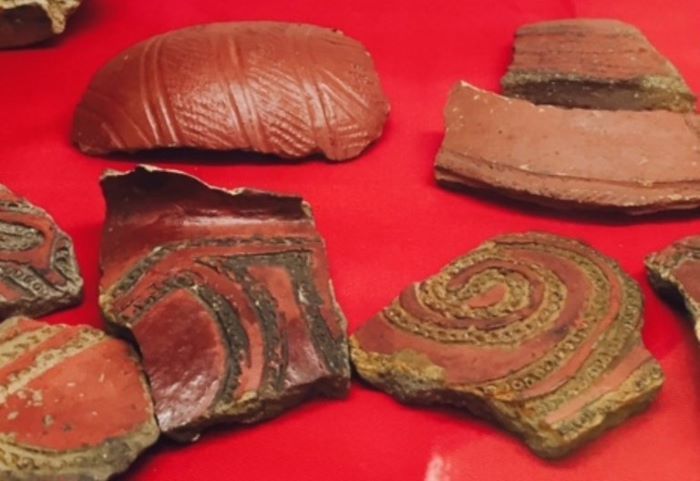
Ancient Japanese began to use urushi first as adhesive to make tools for hunting. And then they found its properties of durability, water proof, and beutiful luster.
In 6th century, along with the introduction of buddhism, religious lacquered ornaments and architectures came in from China. Since the Japanese government began to construct a lot of large temples, the demand of urushi grew substantially. There were some cases that urushi sap was collected as tax.
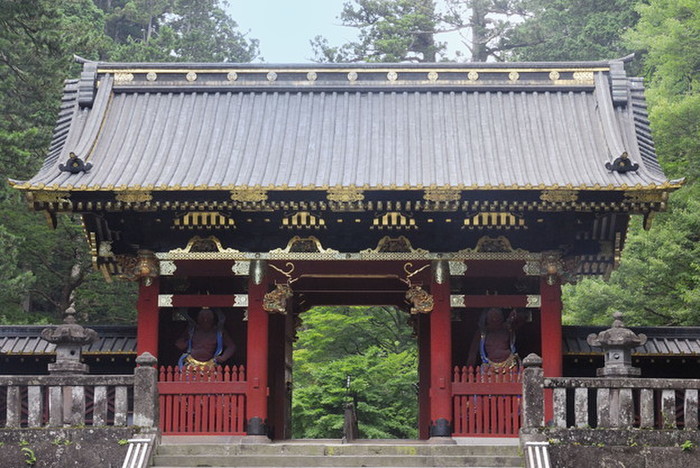
After 8th century, the techniques of making and decorating lacquerware significantly developed in Japan, while the Japanese original culture of religion, seasonal events, foods, tea celemony, and other arts were formed and refined.
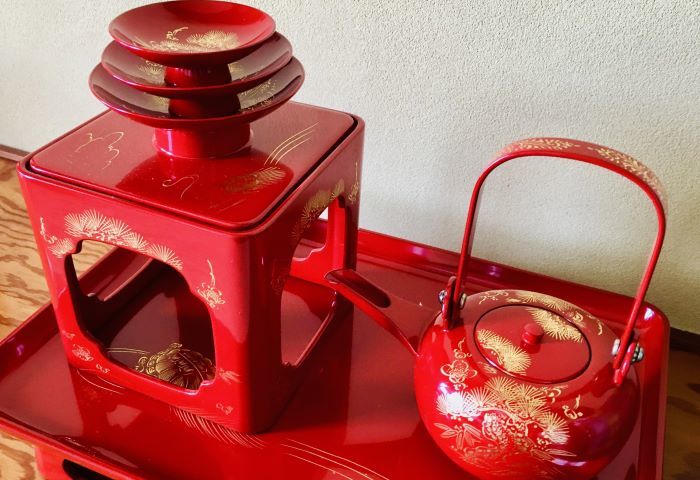
Urushi lacquerware gradually came to fascinate even people overseas, such as in China, Korea, and Europe. In 17-18th century, they were exported a lot to Europe so that many of the aristocrats collected beutifully decorated urushi lacquerware in their palaces.
At the same time, simple urushi lacquerware, like daily tableware, became necessities in Japanese life.
In this way, Urushi evolved in the field of fine arts and also in the lifestyle, with the harmony of nature enviroment and human hand craft tequnique. That is to say, 'Urushi' is not only a material, but also the culture itself of Japan.
Hard time for URUSHI
After World War II, demands of Urushi declined sharply.
It was because of the appearance of plastics.
And other petroleum products.
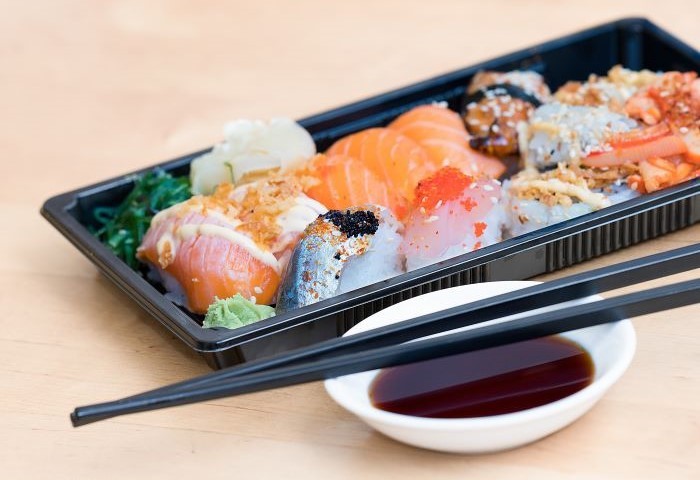
Because of their low-cost, various colors, and shapes, plastic products entirely dominated the market so that demands and production of traditional urushi lacquerware dropped drastically.
At the same time, as the import of inexpensive urushi (sap) from China increased, the harvest aomount in Japan decreased substantially. At present, the share of domestic urushi is only 2% and the rest is imported from China. Since it became rather difficult for people who cultivate and harvest urushi to earn their living, now the shortage of successors is a larger issue.
It was because of the appearance of plastics.
And other petroleum products.

Because of their low-cost, various colors, and shapes, plastic products entirely dominated the market so that demands and production of traditional urushi lacquerware dropped drastically.
At the same time, as the import of inexpensive urushi (sap) from China increased, the harvest aomount in Japan decreased substantially. At present, the share of domestic urushi is only 2% and the rest is imported from China. Since it became rather difficult for people who cultivate and harvest urushi to earn their living, now the shortage of successors is a larger issue.
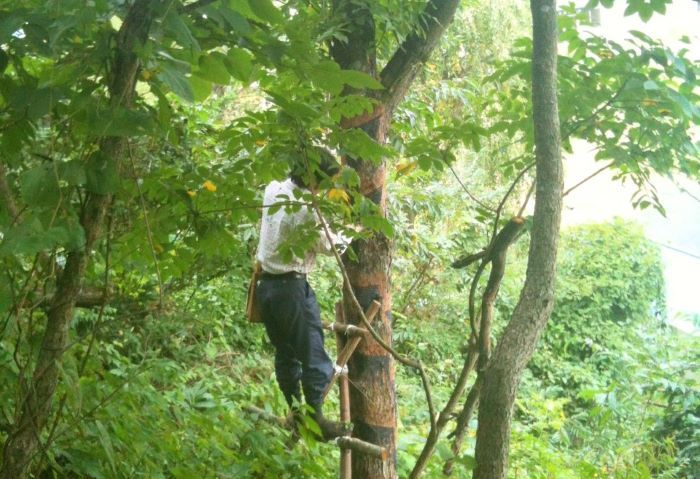
Actions for the Future of the URUSHI and the EARTH
If the demand disappears, the supply will also disappear.
It might be the natural changes of the time.
It cannot be helped...
Really?
Is it really the right choice that we just accept this situation as the natural phenominon?
Is it really natural that the lifestyle which had continued for 10000 years collapses so quickly as in just 70 years?
Most of genuine urushi lacquerware are made of wood, and urushi lacquer is sap of trees. They are totally nature based products.
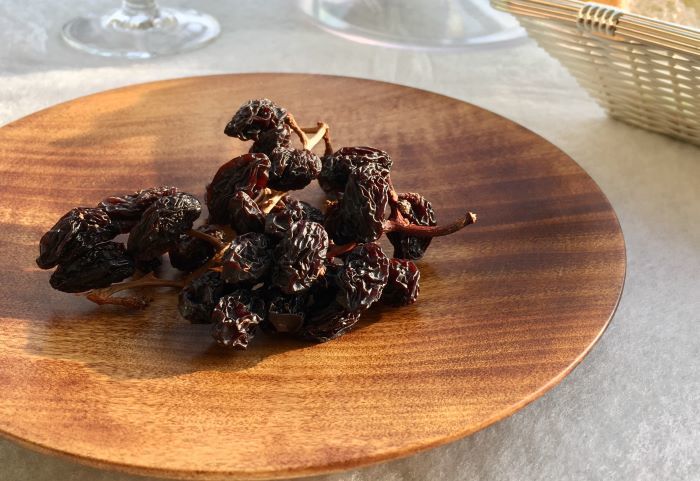
Now, however, petrolium products have replaced them because of their low-cost and convenience.
Convenience is very important.
Important for our progression.
Yet, progression has to be sustainable.
Is the society full of plastic sustainable?
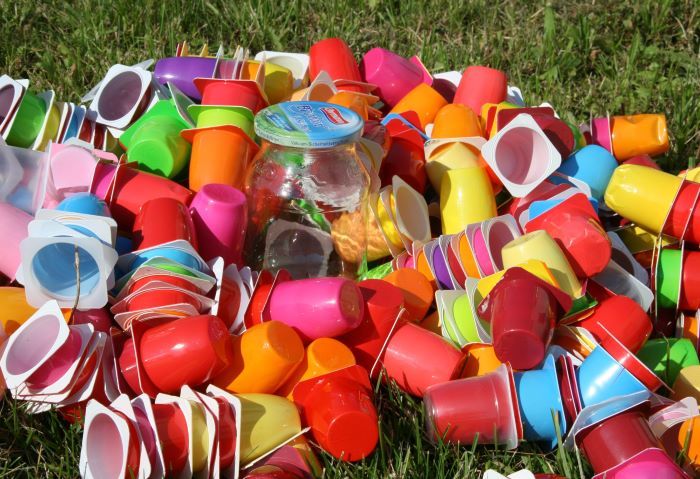
Since ancient times, Japan has developed the tree culture, growing trees, utilizing trees, and worshiping trees, so that the natural circulatory system of the forest has been able to keep the balance. Nowadays, decrease of the use of trees causes the increase of natural disasters like landslide and damages by wild animals.
Besides, excessive plastic products have caused marine pollution.

Human actions definitely affect the balance of nature.
To choose urushi lacquerware instead of plastic items is absolutely the action that you can contribute the environmental conservation, and, at the same time, you can recieve the benefit from the nature.
Though urushi lacquerware made of wood cannnot be used in the microwave nor dishwasher, from its soft and gentle touch, you can feel the relation with the nature.
Just try.
Decline the plastic spoon at the convenience store and use your own urushi spoon, though you have to wash it by hand. You will be able to enjoy your food more than ever.
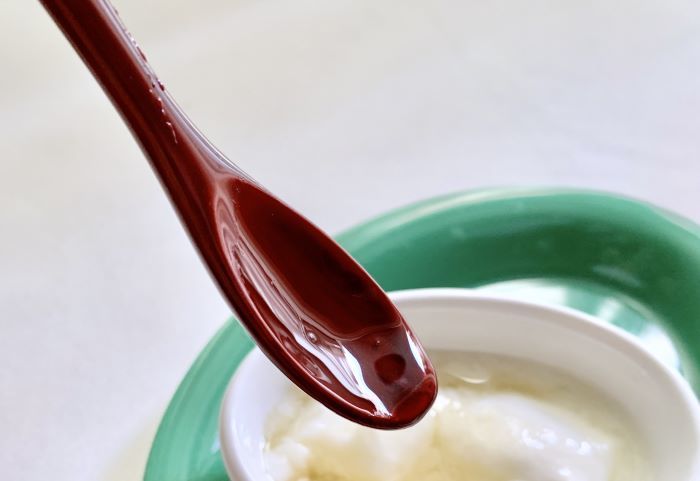
Furthermore, it will be exactly the action for making our planet more pleasant place to live for the future.
It might be the natural changes of the time.
It cannot be helped...
Really?
Is it really the right choice that we just accept this situation as the natural phenominon?
Is it really natural that the lifestyle which had continued for 10000 years collapses so quickly as in just 70 years?
Most of genuine urushi lacquerware are made of wood, and urushi lacquer is sap of trees. They are totally nature based products.

Now, however, petrolium products have replaced them because of their low-cost and convenience.
Convenience is very important.
Important for our progression.
Yet, progression has to be sustainable.
Is the society full of plastic sustainable?

Since ancient times, Japan has developed the tree culture, growing trees, utilizing trees, and worshiping trees, so that the natural circulatory system of the forest has been able to keep the balance. Nowadays, decrease of the use of trees causes the increase of natural disasters like landslide and damages by wild animals.
Besides, excessive plastic products have caused marine pollution.

Human actions definitely affect the balance of nature.
To choose urushi lacquerware instead of plastic items is absolutely the action that you can contribute the environmental conservation, and, at the same time, you can recieve the benefit from the nature.
Though urushi lacquerware made of wood cannnot be used in the microwave nor dishwasher, from its soft and gentle touch, you can feel the relation with the nature.
Just try.
Decline the plastic spoon at the convenience store and use your own urushi spoon, though you have to wash it by hand. You will be able to enjoy your food more than ever.

Furthermore, it will be exactly the action for making our planet more pleasant place to live for the future.


